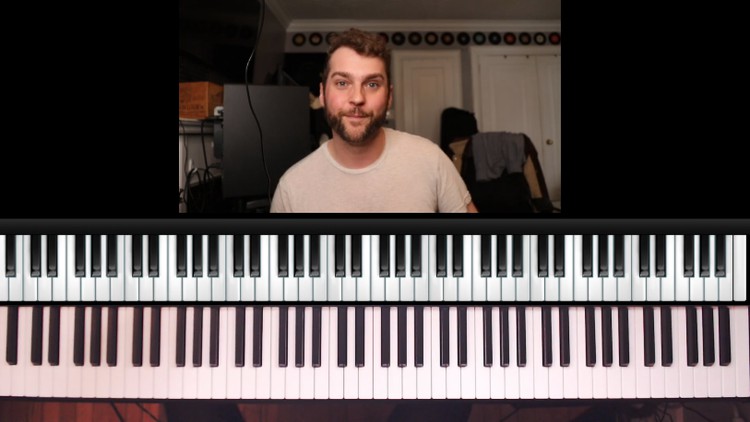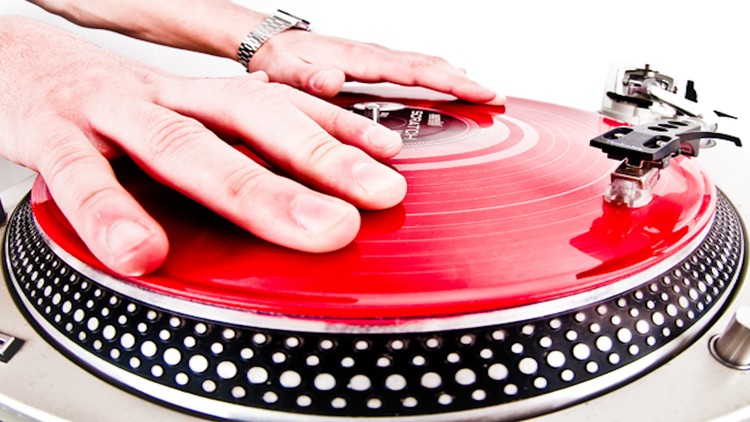Jazz Piano Improv Tricks

Have you ever wondered how jazz musicians are able to articulate their improvised thoughts so quickly and with such conviction?
Whether you’re hoping to solve this mystery, or simply add some more chops to your arsenal, these lessons offer an assortment of timeless jazz improvisation techniques that will surely keep your audience intrigued.
This course breaks down 13 timeless jazz improv techniques that will give you flexibility at your instrument. These lessons break down each concept individually so that you can combine them in unique ways and pinpoint your playing style.
If you stick to these concepts and really study them thoroughly your playing will improv drastically over the next year. Sure some of these lessons can be absorbed quickly, but improvisation is a game of internalization, not memorization. So take advantage of the included lifetime access to the course and get the most out of each lesson.
I’ve taught these concepts to my students for over 10 years. So what you’re getting is a decade of refinement, laid out in 13 courses for the price of 1. This course would be my gift to myself 10 years ago…if it was available. Alas, it wasn’t, so instead I hope it’s of great use to you and your future as an improvisor!






